Slow-cooking at its best! Today, I’m digging into a super tasty beef shin ragu with pappardelle pasta. This dish is all about comfort and flavour. It’s like a warm hug on a plate!
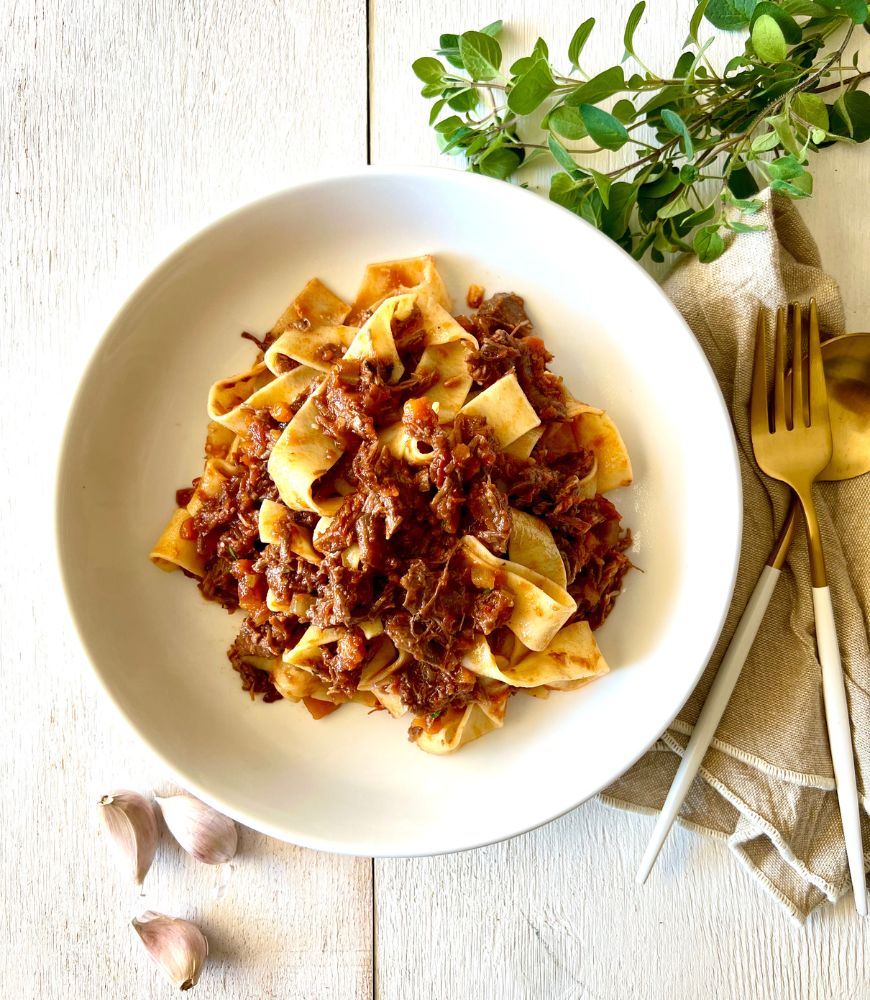
Slow-Cooked Beef Ragu: A Comfort Food Classic
Craving a hearty, homemade meal? Look no further than this classic slow-cooked beef ragu. The rich tomato sauce and tender beef are the perfect combination for a cozy night in. Trust me, the mouthwatering aromas will have you drooling before you even take your first bite.
What is beef shin?
Beef shin, also known as beef shank, is a cut of meat that comes from the lower leg of the cow. It’s a tough and sinewy cut that is rich in collagen, which makes it well-suited for slow-cooking methods. This cut is typically taken from the front or hind legs and can include both the meat and the marrow-filled bone or in this case, just the meat. The connective tissues in the beef shin break down during slow cooking, resulting in a tender and flavourful dish.
Due to its toughness, beef shin is often used in braises, stews, and slow-cooked dishes, where the long, slow cooking process helps to break down the collagen, resulting in a moist and succulent texture.
Common ways to prepare beef shin include braising it in a flavourful liquid, slow-cooking it in stews or soups, or using it as the base for a rich beef broth. The slow-cooking process allows the tough fibres to break down, resulting in a dish that is both flavoursome and tender.
Gravy beef whole shin, gravy beef and osso bucco cuts are essentially all the same meat. The meat all comes from the same shank of a cows front or back leg. They are just broken down in different ways and sold under different names – but they are the same meat and some flavour.
Gravy beef whole shin is available from Coles supermarkets or you could ask your local butcher. You can also use regular gravy beef, chuck steak or roast or osso bucco cuts to make this wonderful ragu.
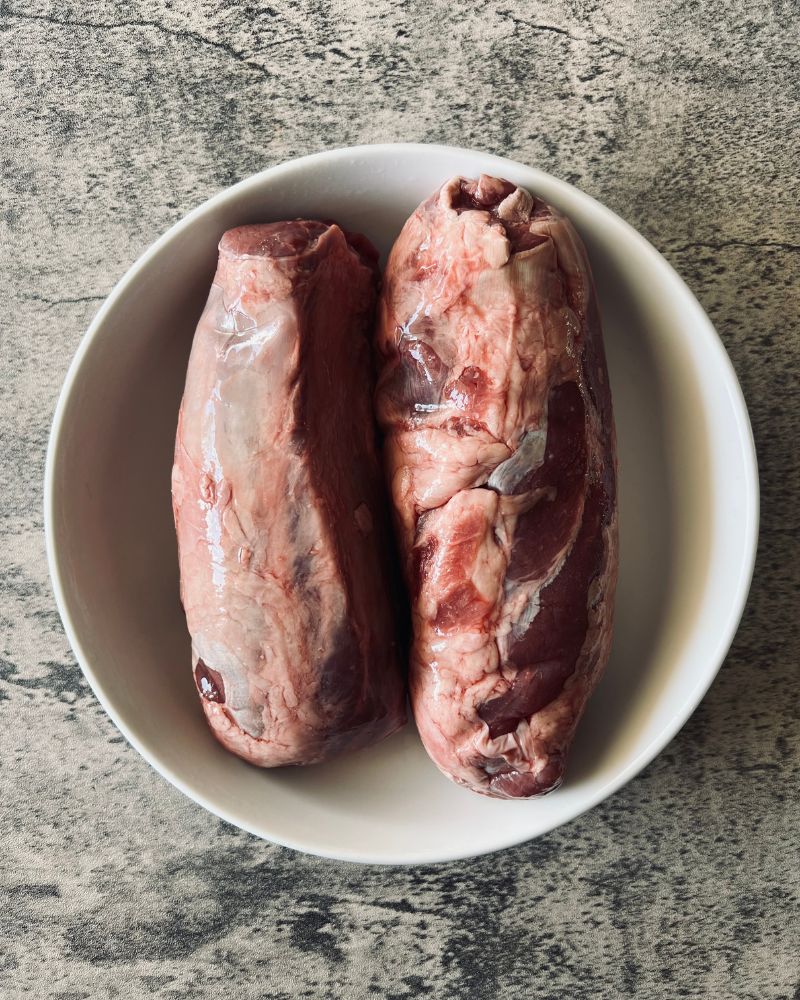

What cuts to substitute for beef whole shin?
If you are unable to get your hands on any whole beef shin, this dish works equally well with these cuts of beef that are suitable for slow cooking, such as:
- Gravy beef – this is the ‘cut’ you would be most familiar with from the supermarket or butcher. Leave in whole pieces for this recipe if using this.
- Osso Bucco – this is the same cut as gravy beef but bone in. You could use beef or veal although veal is very expensive and has a milder flavour. Try and get nice thick pieces about 1.5-2 inches thick. Discard the bones after slow cooking for this, making sure all the marrow has melted out into the sauce.
- Chuck steak – comes from the shoulder and neck of a cow and suitable for long slow cooking times. Cut into large pieces if using this cut.
- Chuck roast – cut into large chunks is using this cut.
Just be aware of the cooking time if using any of these other cuts. It will possibly not take quite as long in the oven to become as tender. Start checking the tenderness of your beef at around the 2 hour mark. Different cuts take different times as they are sliced thinner than a whole beef shin. You are aiming for fork tender beef. Once tender, remove the beef from the sauce as stated and proceed as per the recipe.
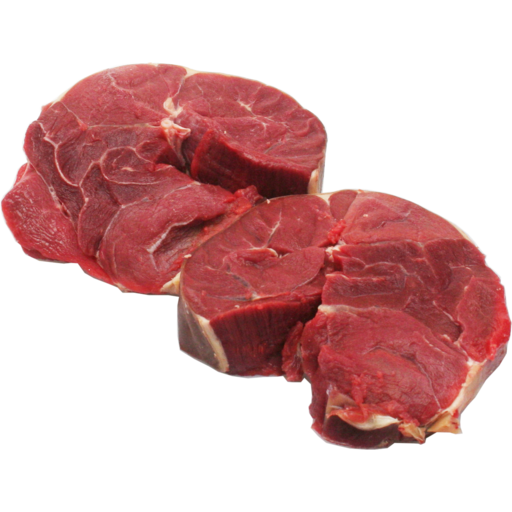

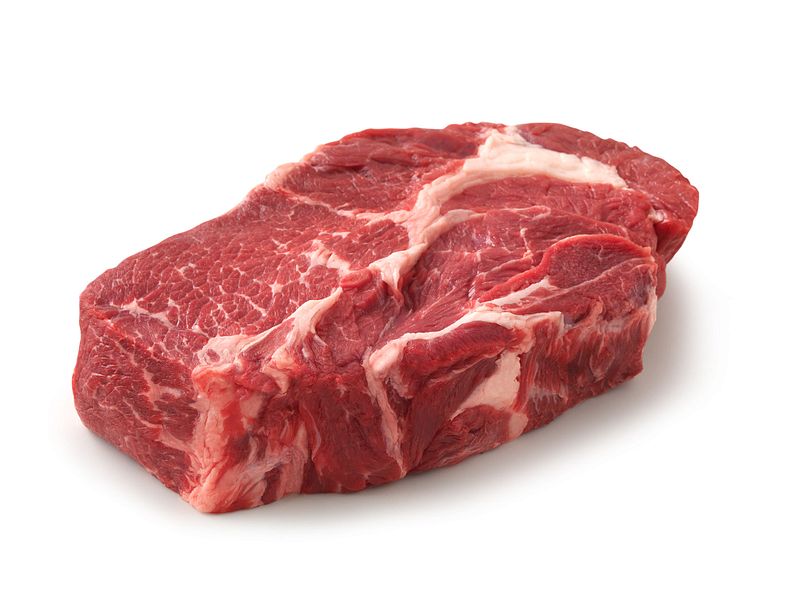
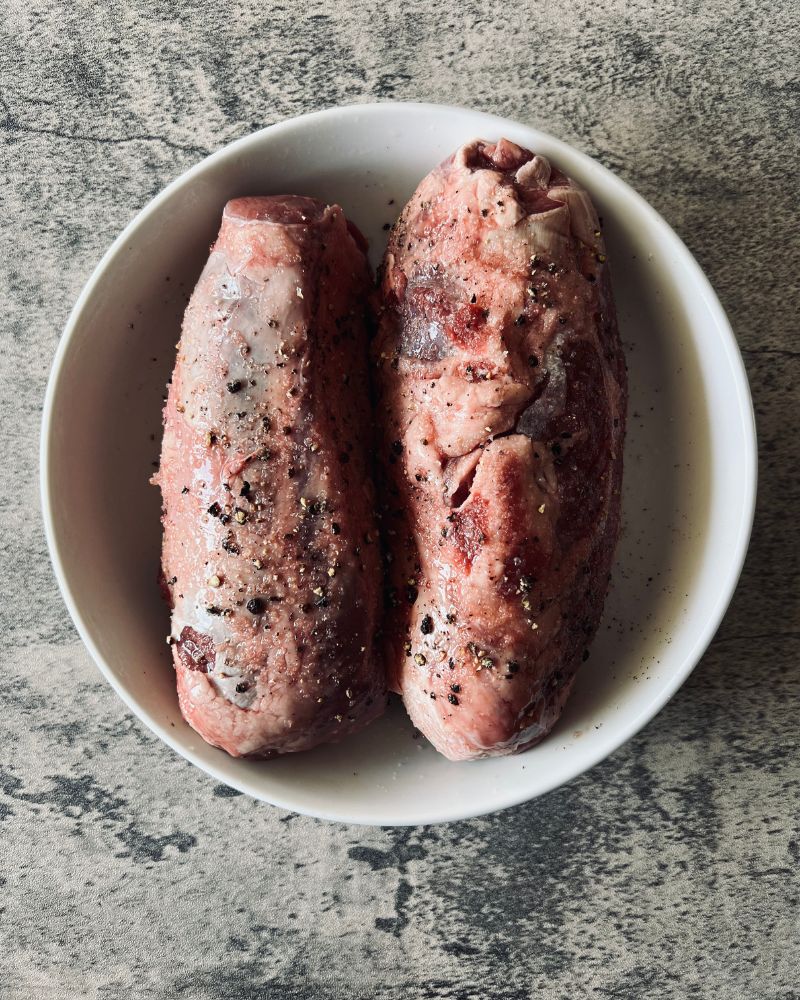
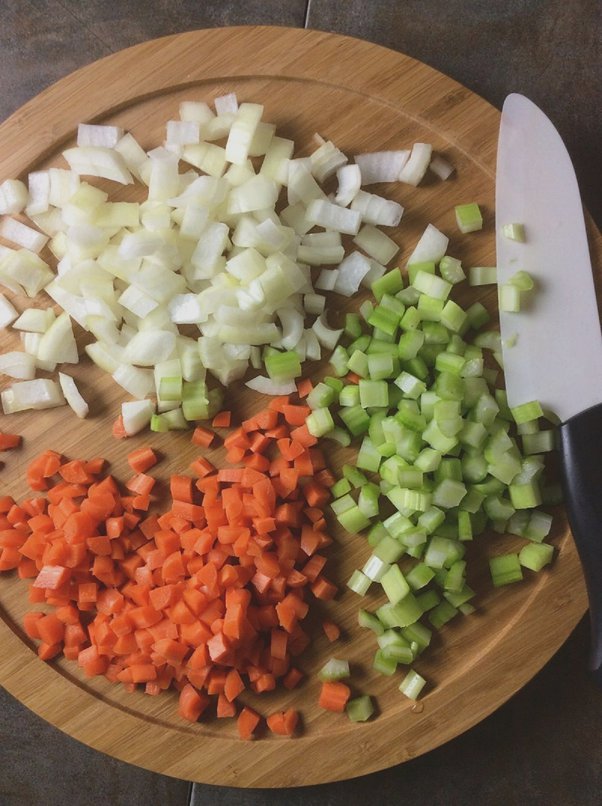
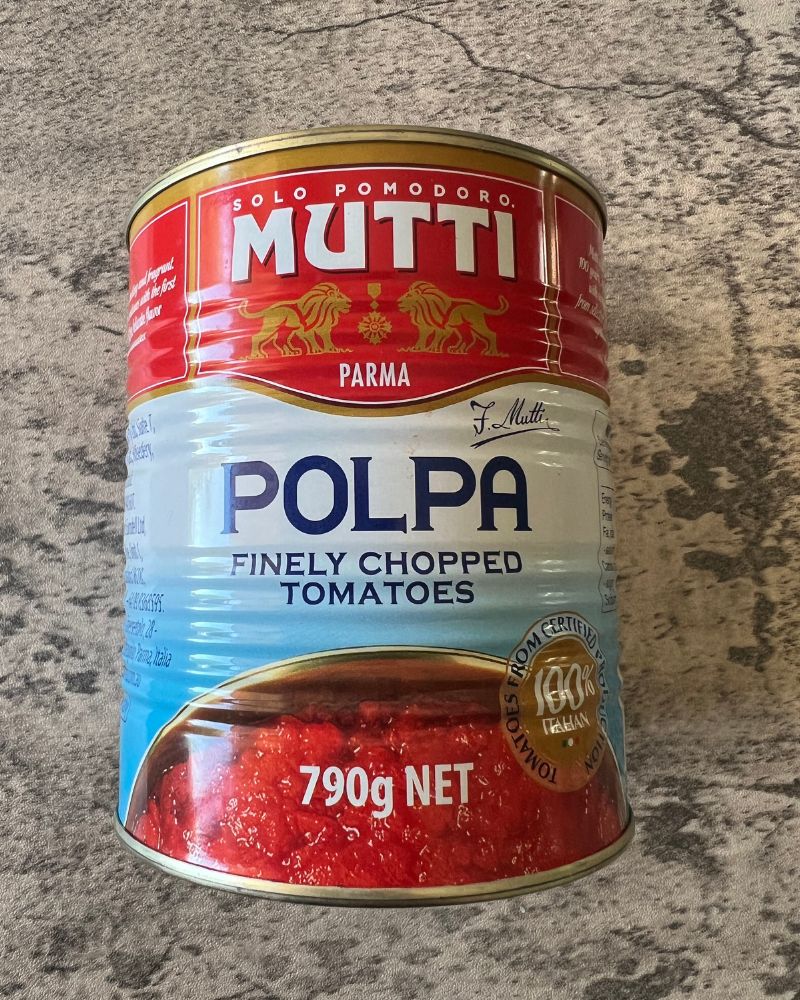
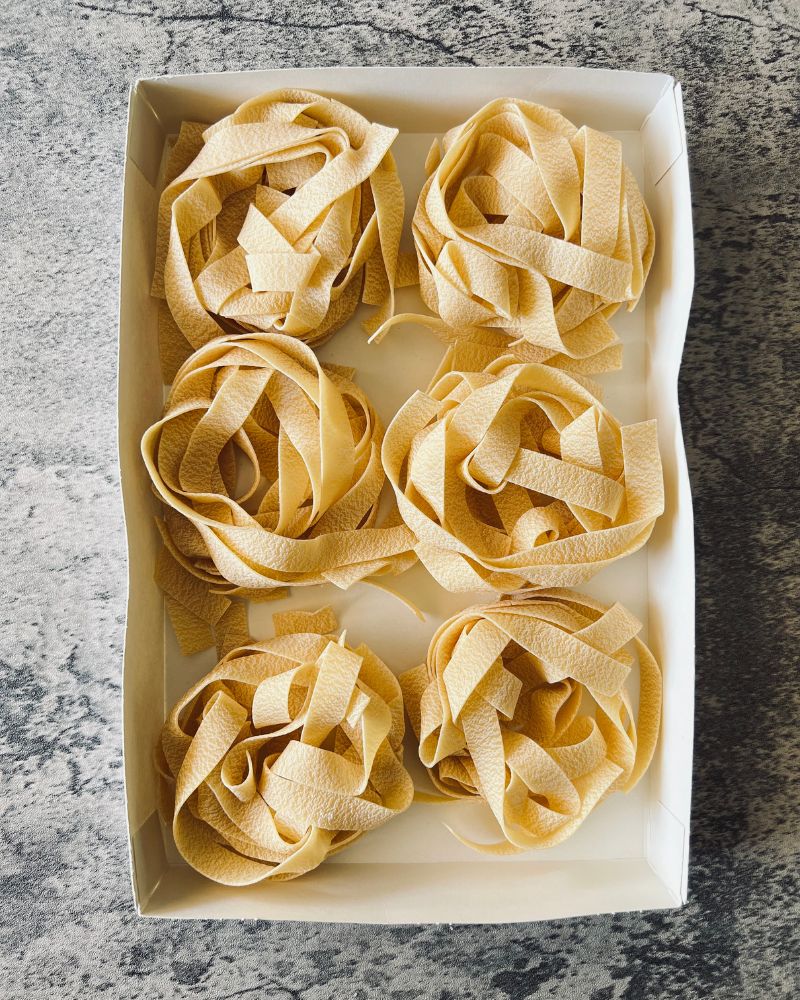
How to make the beef ragu
- Heat a little oil in a flameproof casserole dish or Dutch oven. Season beef generously with salt and pepper and brown all over till you have a nice deep colour on it. Set aside.
- Add a little more oil to the pot along with some butter. Add the onion, celery, carrot and cook till softened.
- Add the garlic and herbs, then add the anchovies and tomato paste. Cook, stirring, for another few minutes.
- Increase heat and pour in the wine to deglaze the pan. Return the beef and add the canned tomatoes and beef stock. Transfer to the oven and cook for about 4 hours or until the the beef is very tender and can pull apart. Remove beef and shred once its cooled a little.
- Meanwhile, simmer the sauce the sauce on the stove top until reduced and thickened. Cook the pasta.
- Return the beef to the pot, season to taste and add the cooked pappardelle, tossing gently but throughly to coat. Serve!
The beef shin, rich and succulent, when paired with the wide ribbons of pappardelle pasta, creates a meal that is both comforting and sophisticated. So, take your time, savour the process, and enjoy the delicious results.
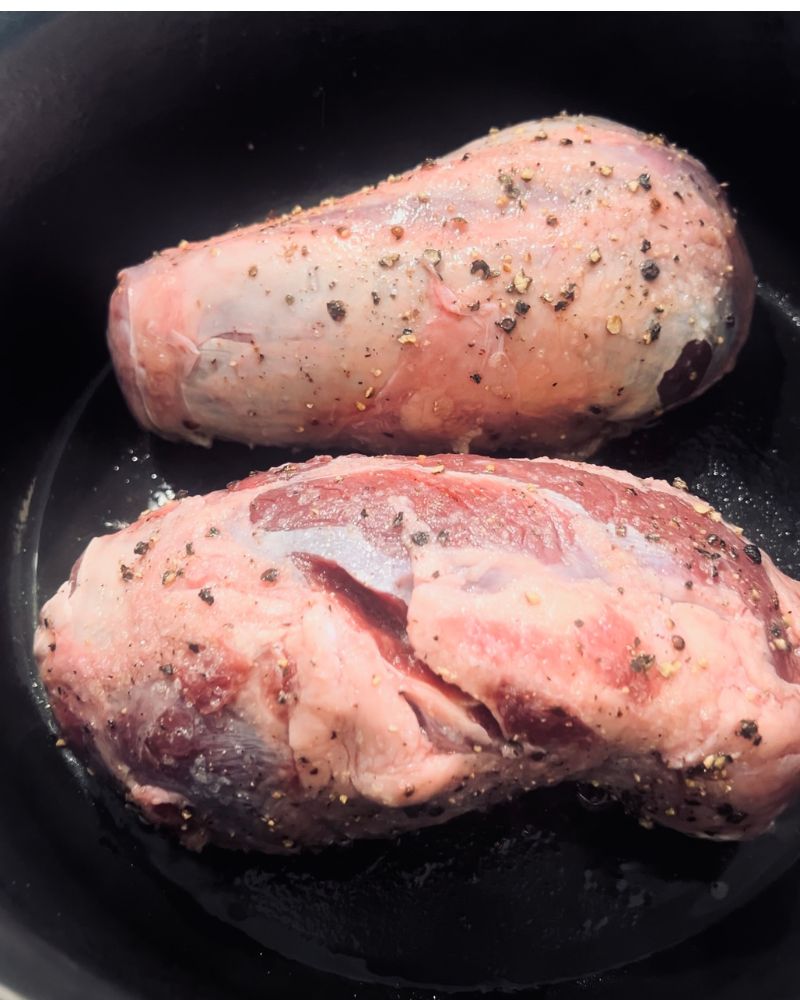
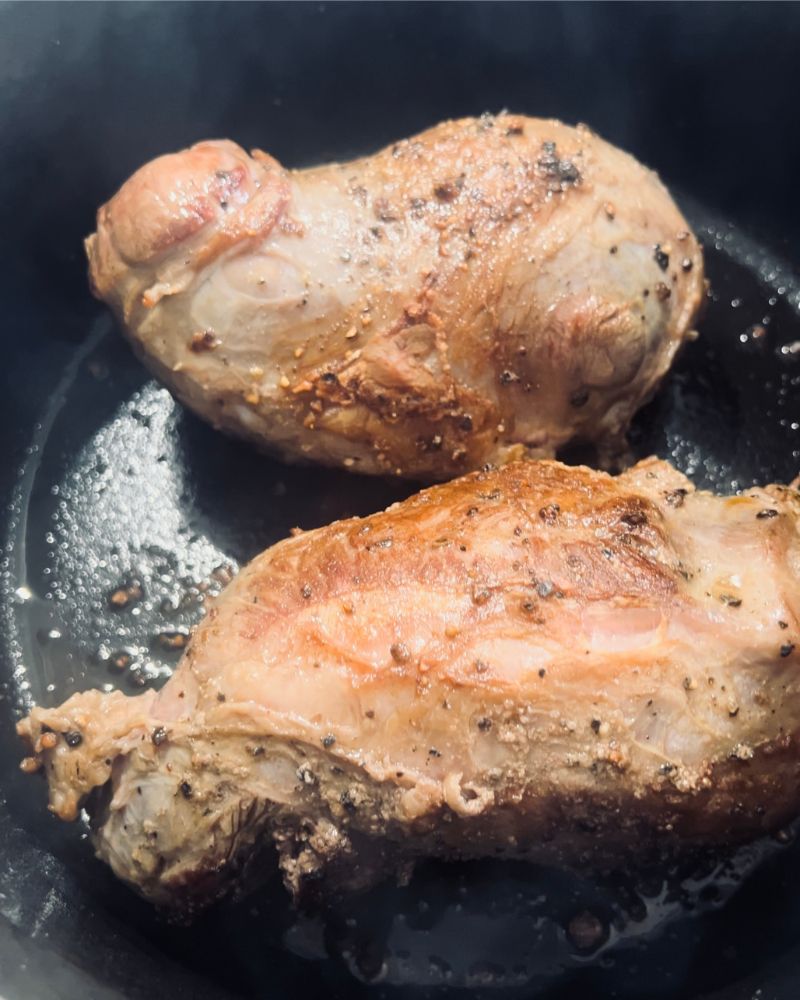
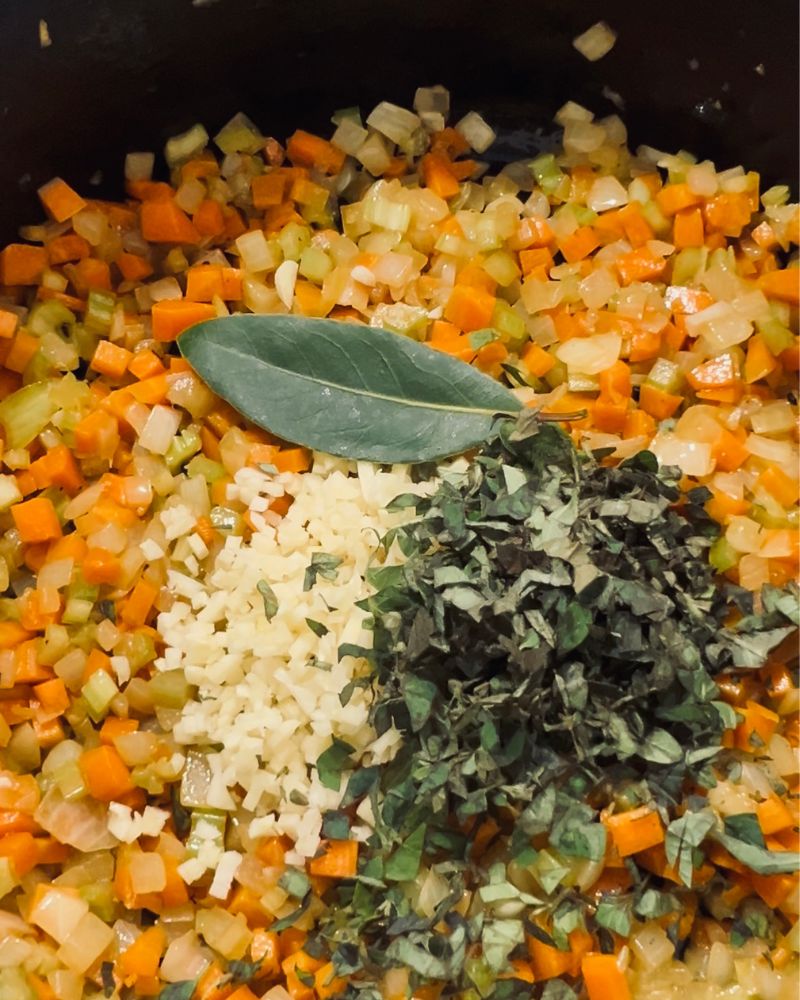

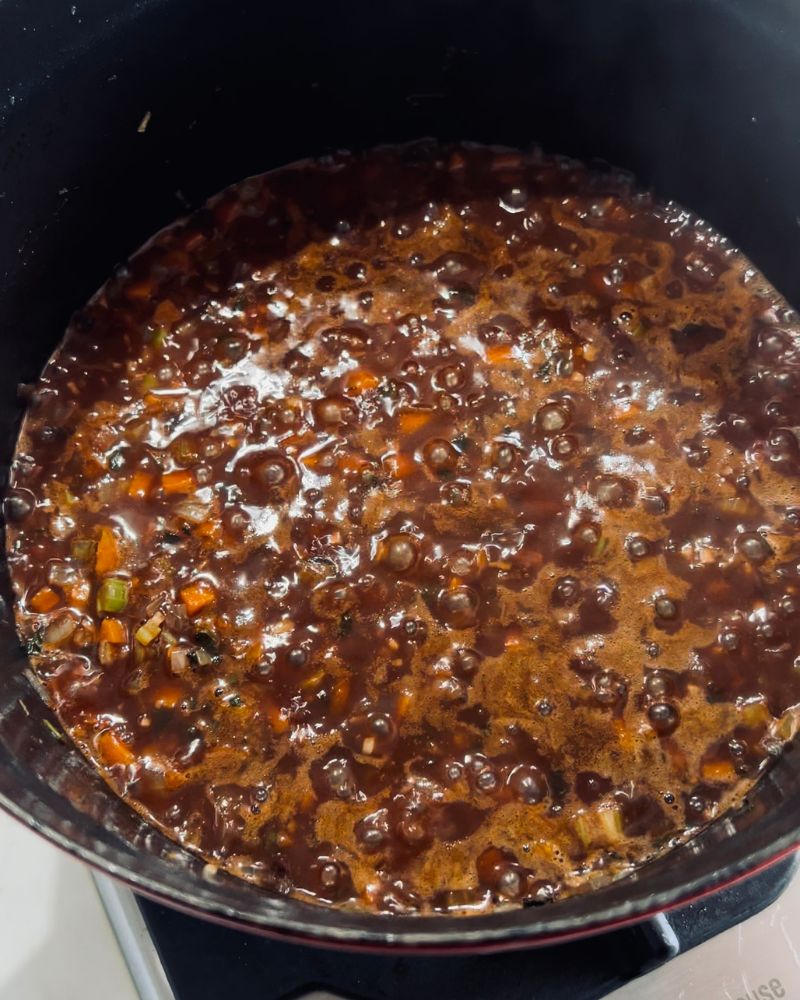

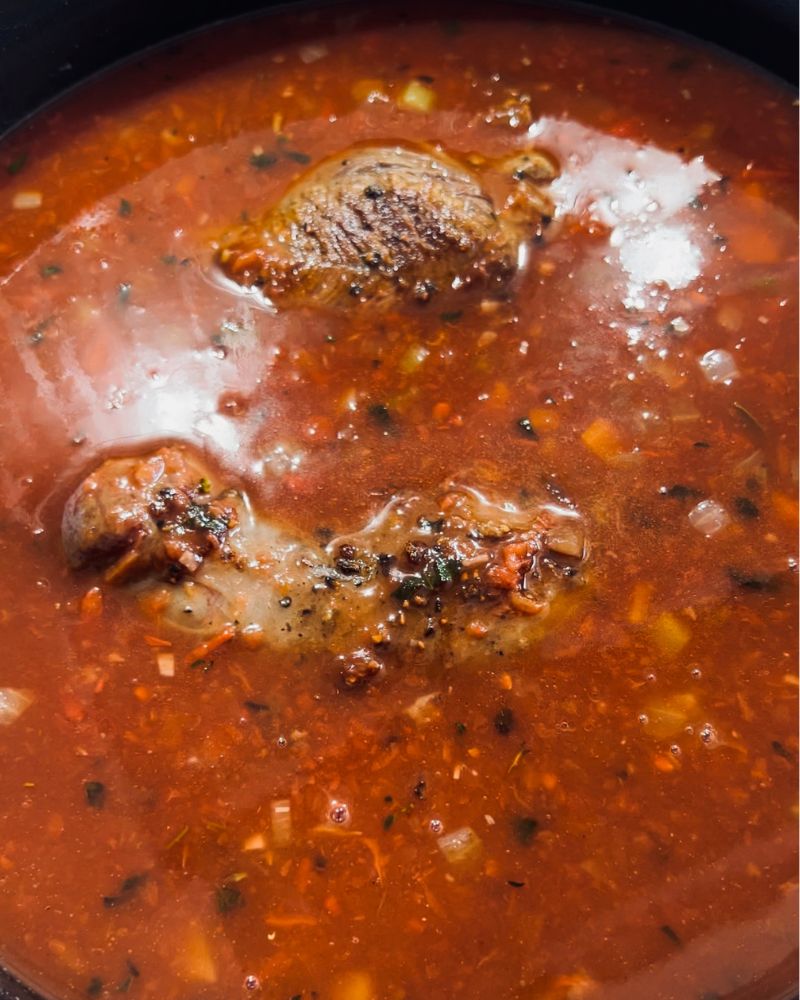
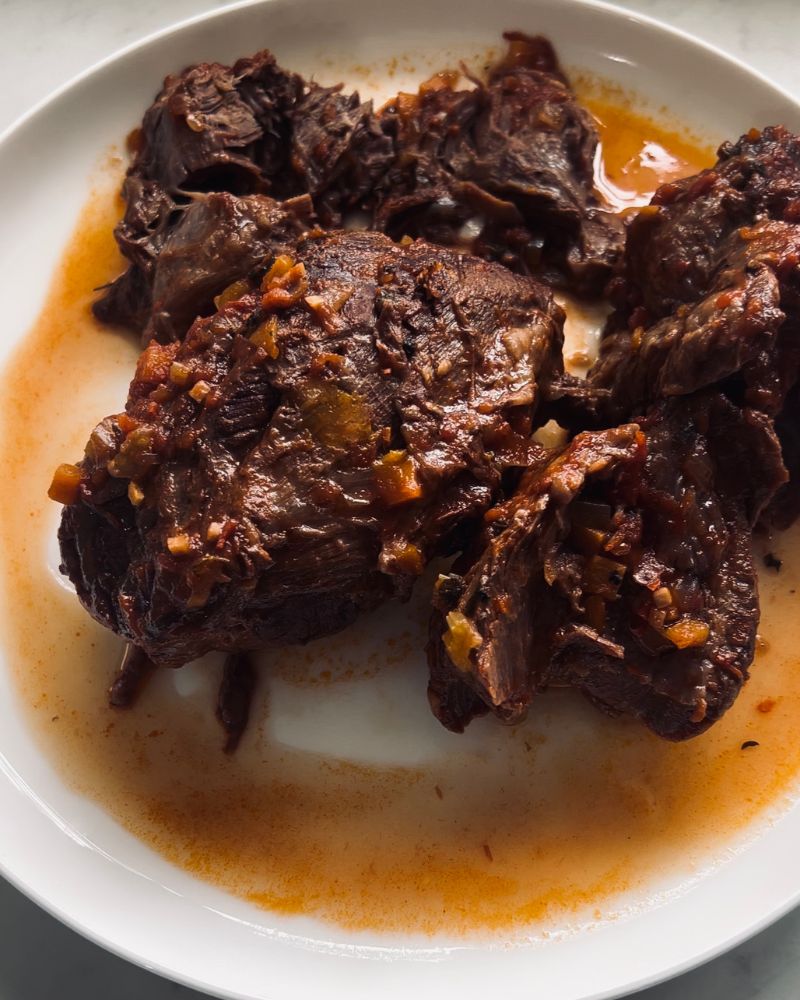
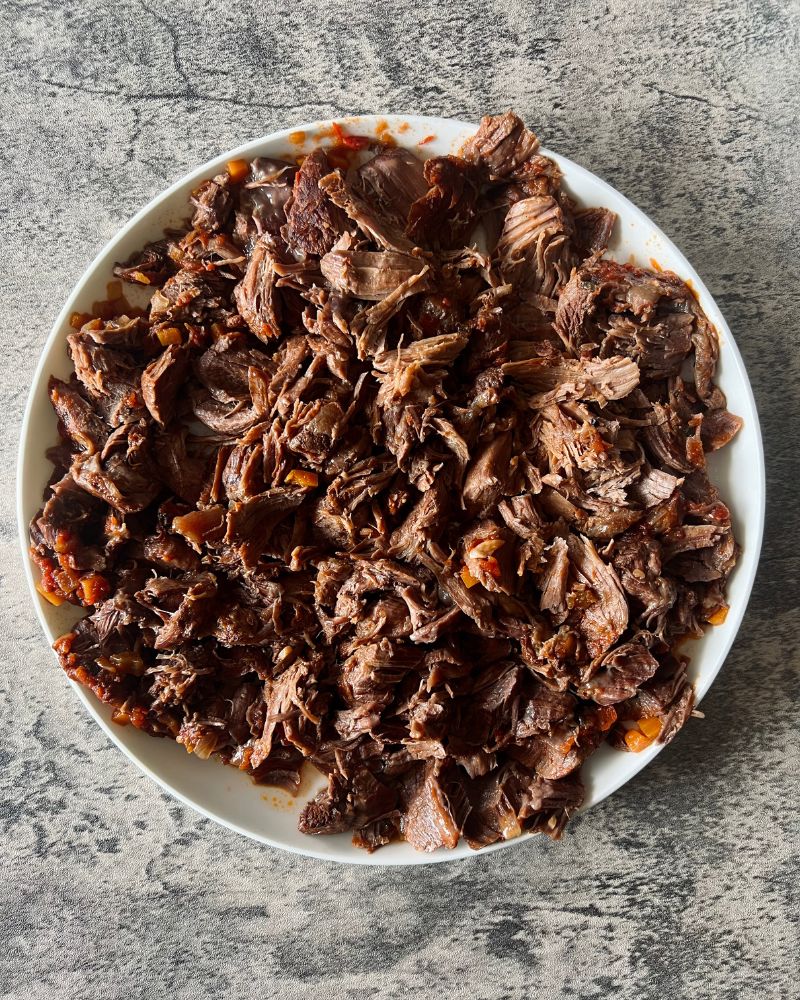

Expert tips
- Choose the Right Cut: Make sure to use a cut of beef that’s well-suited for slow cooking, such as the beef shin, gravy beef or chuck steak. These cuts are rich in connective tissues and collagen, which break down during the slow-cooking process, resulting in tender and flavourful meat. Trim excess fat from the meat for a cleaner, more concentrated flavour.
- Sear for Flavour: Before slow-cooking, make sure you take the time to sear the beef really well. This step locks in the juices and adds a depth of flavour by creating a caramelised crust on the meat.
- Layer the Flavours: Building layers of flavour is key to a rich and delicious beef ragu. Sauté the aromatics well before adding liquids. Deglaze the pan with the red wine to scrape up any flavourful bits stuck to the bottom.
- Low and Slow is the Way to Go: Patience is a virtue when it comes to cooking beef ragu. By using a low temperature and allowing the dish to simmer for an extended period in the oven, it ensures that the collagen in the meat breaks down, resulting in a fork-tender texture.
By following these tips, you’ll be well on your way to creating a ragu that’s not only mouthwateringly delicious but also showcases the depth and complexity that come from taking the time to let the flavours develop.

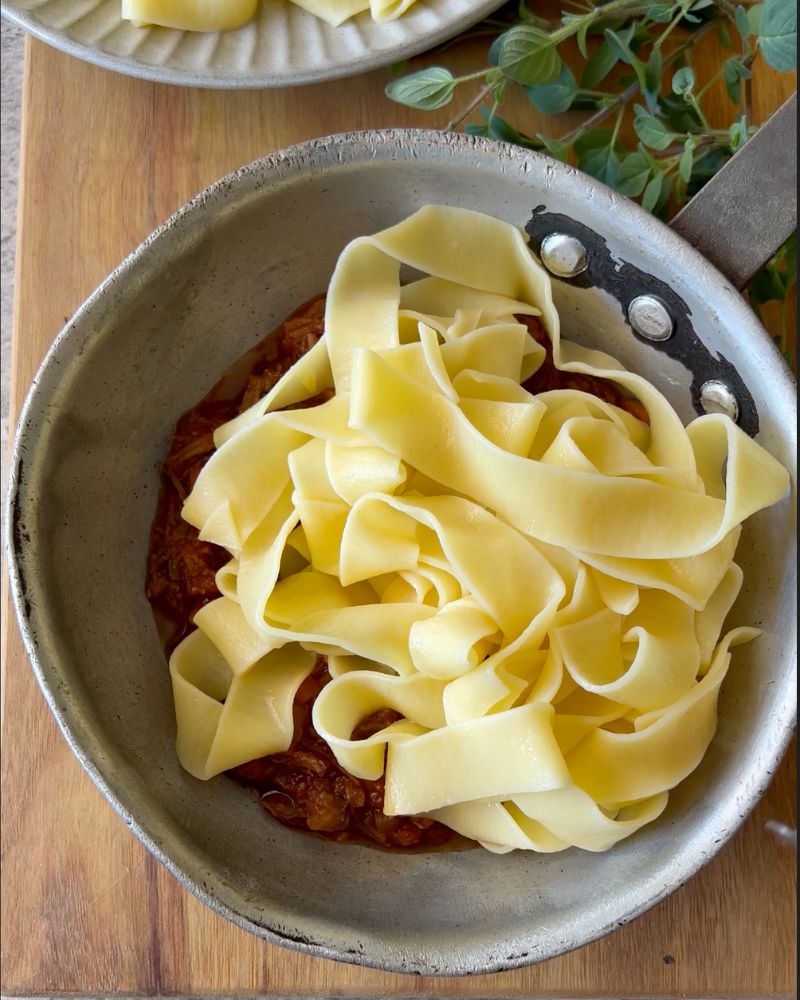
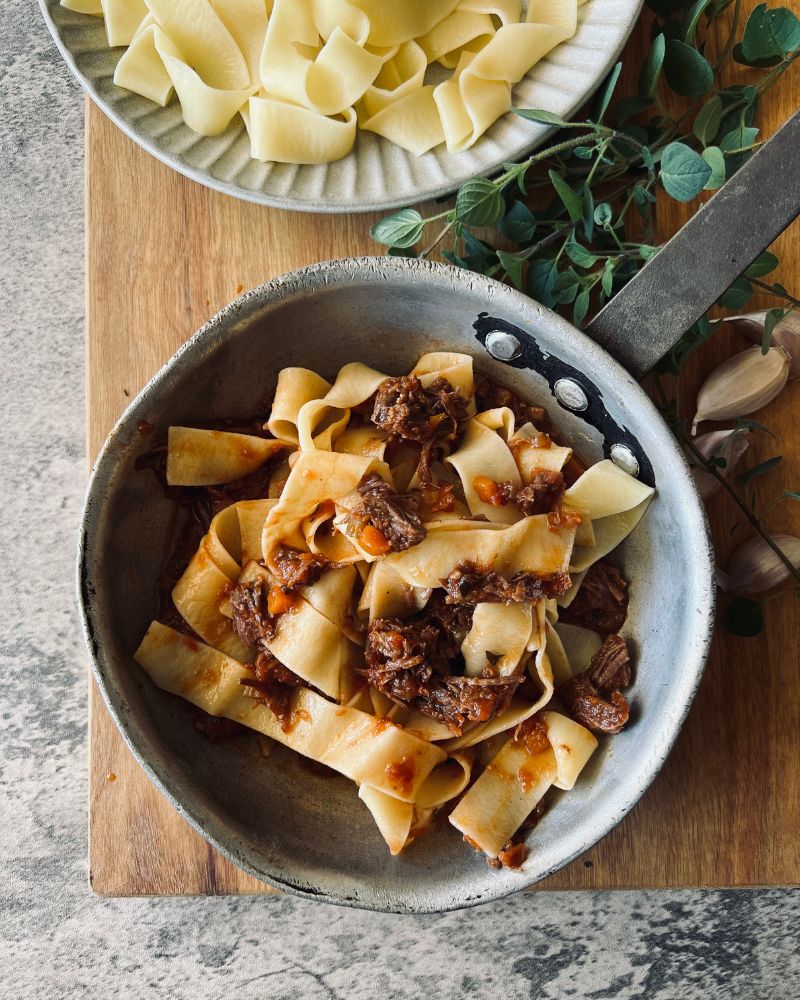
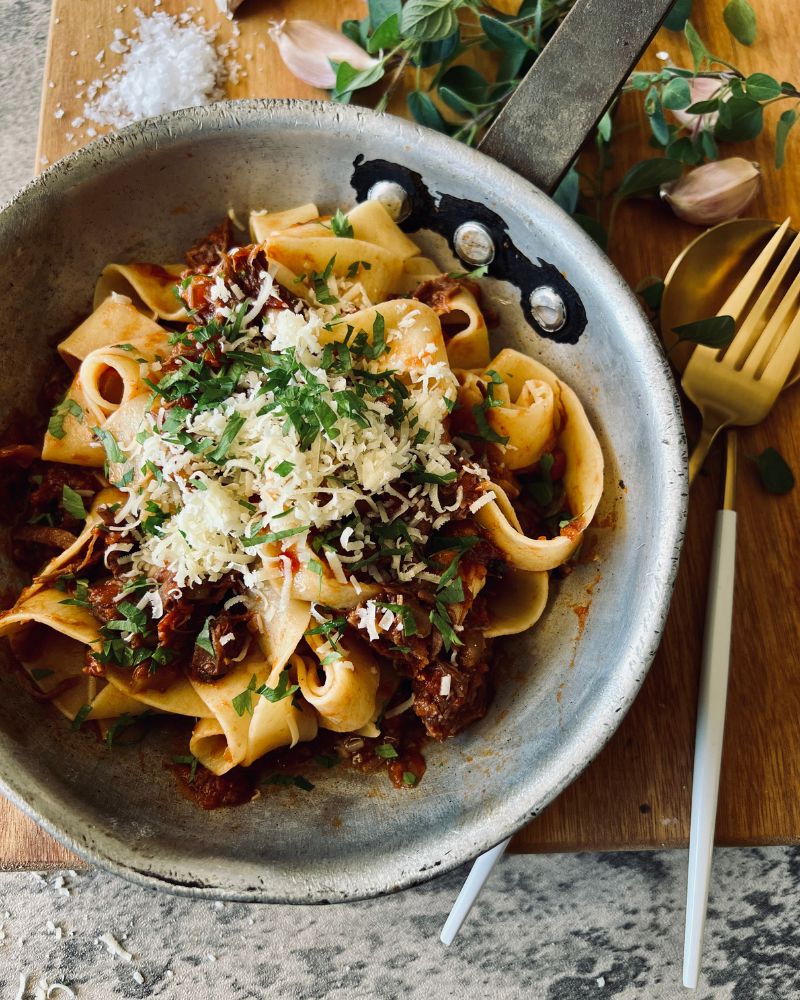
Serving suggestions
Enhance the beef ragu with some delicious side dishes if desired. Here are some suggestions for you to try:
- Burnt Butter, Parsley & Sea Salt Garlic Bread or Fresh Crunchy Italian Style Bread: to mop up all those delicious juices
- Simple Green Salad: Or try my Easy Rocket & Parmesan Salad which is simple but perfect for this rich ragu.
- Parmesan Cheese Shavings: Allows people to sprinkle extra cheese, if desired over their meal.
- Creamy Polenta: Instead of pasta, you could serve the ragu instead with a creamy polenta.
- Roasted Vegetables: A side of roasted vegetables add a burst of sweetness and texture to the meal.
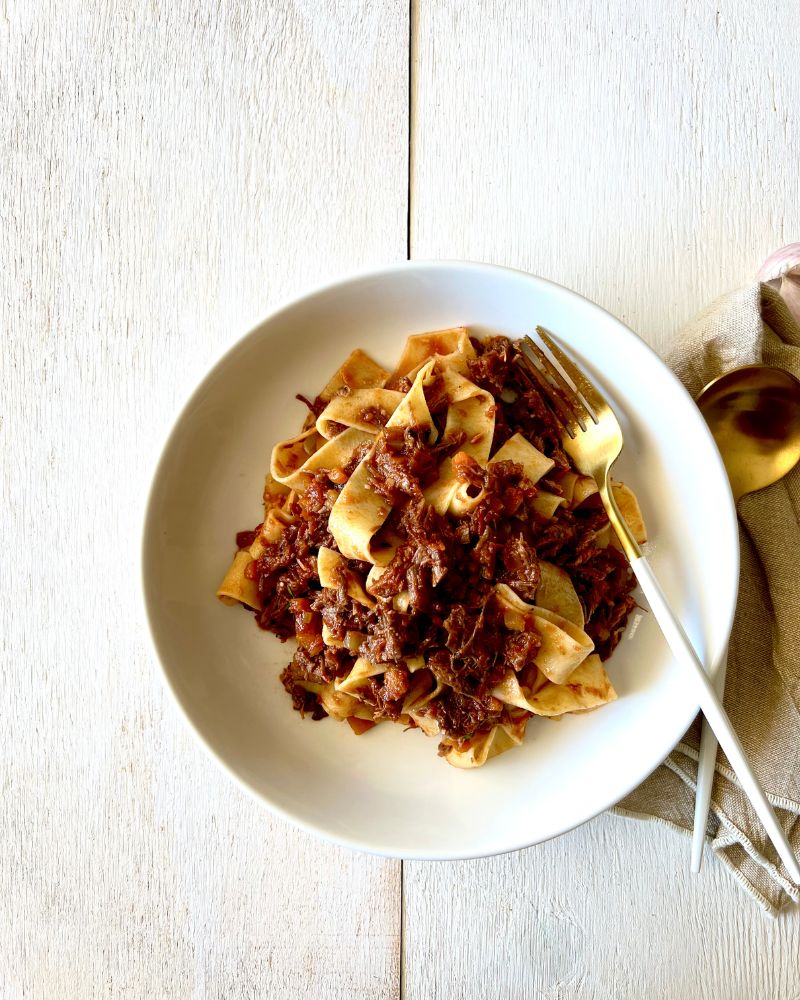
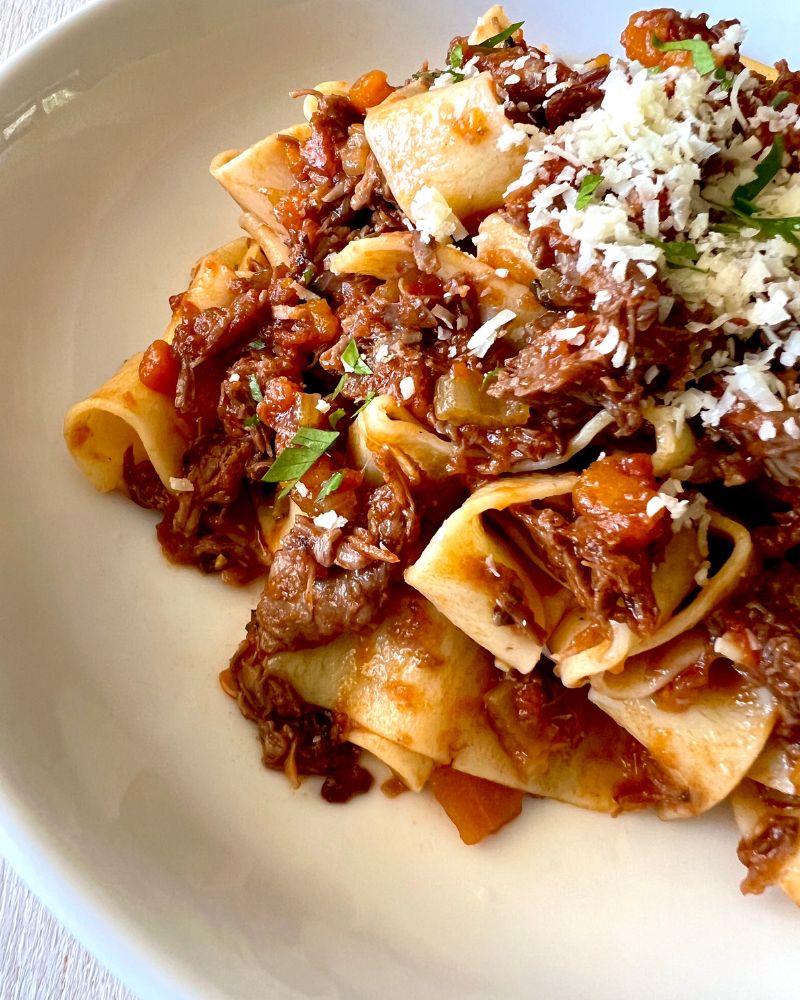
❄️ Storage
FRIDGE:
If making the ragu head of time, simply allow it to cool down to room temperature, then either portion into indvidual serving size containers or transfer into one large airtight container. Place into the refrigerator and use within 4 days. This goes the same for any leftovers you may have.
If making ahead of time, its best to cook the pappardelle just before serving or if cooked already, store it seperate from the ragu otherwise the pasta will absorb the liquids from the ragu become mushy. After cooking the pasta, refresh under cool running water to stop the cooking process then toss with a little olive oil to prevent clumping. Store pasta in a zip-lock bag or airtight container in the fridge for up to 2 days.
FREEZE:
To freeze the ragu, allow it to cool down to room temperature, then either portion into indvidual serving sizes in zip-lock bag (pressed flat after filling to take up less room once frozen and to speed up defrosting later), or transfer into one large freezer proof airtight container. Label, date and freeze for up to 3 months. Thaw overnight in the fridge before reheating as below.
TO REHEAT:
When ready to serve, its best to reheat the beef ragu and the pasta separately (I prefer to cook the pasta fresh). Reheat the ragu on the stovetop over a low to medium heat or in the microwave at short intervals (to avoid over heating), until piping hot and heated evenly. Reheat the pasta in a saucepan of boiling water or gently in the microwave. Combine the ragu and pasta just before serving.
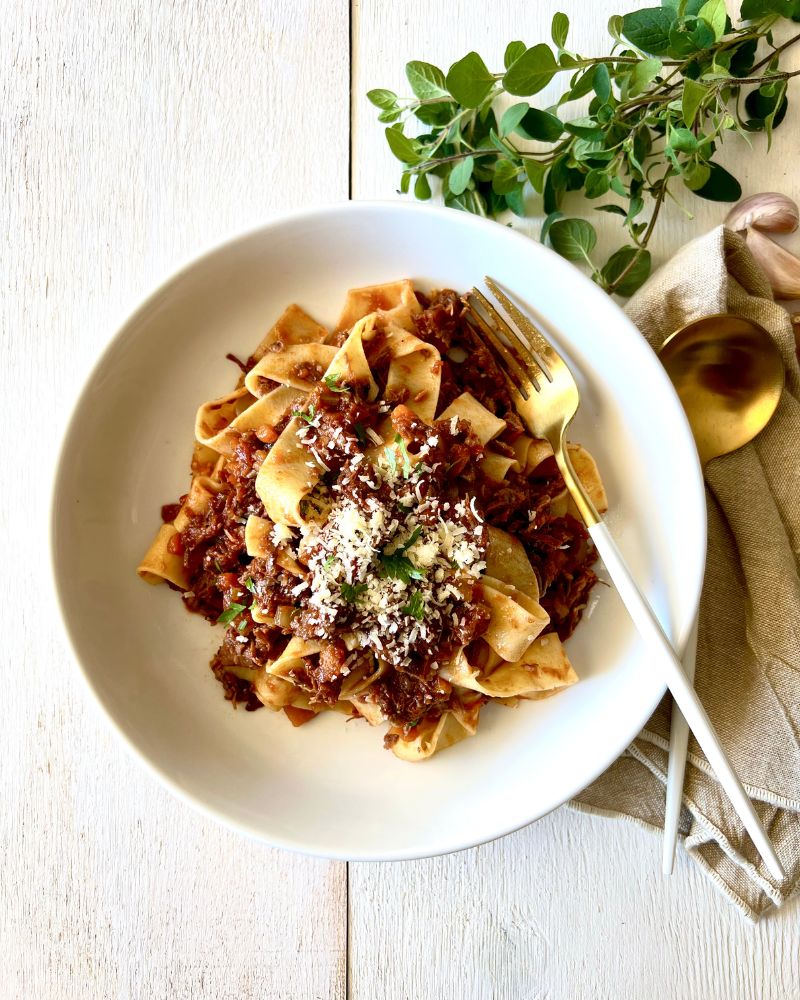

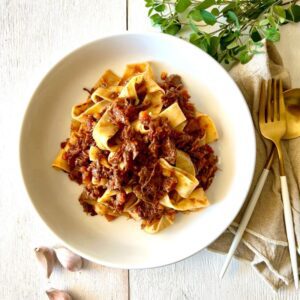
Slow Cooked Beef Shin Ragu with Pappardelle
Equipment
- Dutch Oven (for beef)
- Large saucepan (for pasta)
Ingredients
BEEF RAGU
- 2 tablespoons olive oil, divided
- 1kg gravy beef whole shin (or use 1kg of other slow cooking beef cuts – See Notes 2 & 3)
- 30g butter
- 1 onion, finely diced
- 2 stalks celery, finely diced
- 2 carrots, finely diced
- 4 cloves garlic, finely diced
- 2 tablespoons chopped fresh oregano leaves
- 1 bay leaf
- 2 anchovies in oil, drained
- 2 tablespoons tomato paste
- 1 cup red wine
- 800g can finely diced tomatoes (See Note 4)
- 3 cups prepared beef stock (ready prepared liquid or made from stock cubes)
- 1-2 teaspoons caster sugar (See Note 5)
- 500g dried pappardelle pasta (or 600g fresh – See Note 6)
TO SERVE (Optional)
- Grated parmesan cheese
- Fresh parsley or basil leaves, to garnish
Instructions
- Preheat oven to 150℃ (130℃ fan forced). Heat 1 tablespoon of olive oil in a flameproof casserole dish or Dutch oven over medium high heat. Season beef generously with salt and pepper. Brown the beef all over, really well until it has a good sear and colour on it. Transfer to a plate and set aside.
- Reduce the heat to medium and add the remaining olive oil along with the butter. Add the onion, celery, carrot and a good pinch of salt and cook, stirring often, for 7-10 minutes or until the vegetables are soft.
- Add the garlic, oregano and bay leaf, cook, stirring, for a further 2-3 minutes then add the anchovies and tomato paste and cook, stirring, for another 2 minutes.
- Increase heat to medium high and pour in the wine. Allow it to deglaze and bubble up for 1 minute before returning the beef (and any juices) along with the tomatoes and beef stock. Bring to the boil then cover with the lid. Transfer to the oven and cook for 3hr – 3.5 hrs, stirring a couple of times throughout cooking, until the the beef is very tender and can pull apart (you should be able to easily break apart with a spoon).
- Once beef is tender, remove the beef from the pan using tongs and set aside to cool slightly. Once cool enough to handle, shed the meat with a spoon or 2 forks. Set aside.
- Meanwhile, return the pan to a medium high heat on the stove and simmer the sauce rapidly, uncovered, for 10-15 minutes or until reduced and thickened slightly.
- While the sauce is reducing, cook the pasta according to packet directions in a large saucepan of boiling salted water.
- Once the sauce has reduced, return the beef to the pan and season to taste with salt, pepper and sugar, if you think it needs it.
- Using tongs, directly add the pasta from the cooking water to the beef sauce and toss gently to combine. (You can also drain the pasta over a colander, reserving some of the cooking liquid to add the beef sauce if required to thin it slightly).
- Divide pasta and sauce between serving plates. Garnish with parmesan cheese and roughly chopped herbs of your choice. Serve with your choice of sides if desired. (See notes in post above for serving suggestions)
Notes
- COOKS NOTES:
Oven Temps: Oven temperatures are for conventional, if using fan-forced (convection), reduce the temperature by 20˚C.
Measurements: We use Australian tablespoons and cups: 1 teaspoon = 5 ml, 1 tablespoon = 20 ml & 1 cup = 250 ml.
Herbs: All herbs are fresh (unless specified) and cups are lightly packed.
Vegetables: All vegetables are medium size and peeled, unless specified.
Eggs: We use extra-large size and eggs are 55-60 g each, unless specified. - GRAVY BEEF WHOLE SHIN CUT
This particular cut is available at Coles Supermarket. It is 2 whole shin tendons with the sinew intact. Leave the sinew on as it will break down as it cooks and become very tender allowing the meat to pull apart. - OTHER CUTS OF BEEF
See notes above in post for detailed information on suitable cuts.
If using regular style gravy beef or osso bucco cuts leave in whole pieces. If using chuck steak, cut into large chunks. The beef won’t take quite as long to cook though as the whole shin, so start testing the beef for tenderness around the 2 hour mark. Chuck may take a little longer. Just make sure it is tender enough to pull apart before removing it from the sauce. - DICED TOMATOES
I love the Mutti brand of tomatoes although they are more expensive. I buy them when on special and stock up. I find they have the best flavour by far for canned tomatoes but any diced or crushed tomatoes will do. Use 2 x 400g cans or an 800g can. Please note that if using the Mutti large can of finely chopped tomatoes, it comes in a 790g can.
Depending on the acidic of the tomatoes in which you use, you may need to add sugar to round it out. Cheaper style tomatoes tend to be more acidic and will definitely need the sugar added. - SUGAR
The sweetness of canned tomatoes will depend on the brand you use. Typically more expensive tomatoes equals sweeter tasting. Adding a touch of sugar can adjust the acidity of the tomatoes, especially if using a cheaper variety. Adjust the sweetness of your sauce by adding a little sugar, 1/2 tsp at a time until it suits your taste. - PAPPARDELLE PASTA
It’s good to use a wide pasta like pappardelle for chunky sauces like this – if you can’t find it dried, you can buy fresh lasagne sheets and cut them into 2-3cm strips – bingo, homemade pappardelle! You can also use tagliatelle or fettuccine or your favourite pasta shape. You can also use homemade pasta dough and cut into wide strips.
Make sure you toss the pasta well in the ragu sauce before serving. This is very important to make the ragu stick to the pasta.
You may also like
- Easy Spaghetti & Meatballs
- Kate’s Spaghetti Bolognese
- Beef in Red Wine Casserole with Carrots & Potatoes
- Easy Rocket & Parmesan Salad
- Brown Butter, Parsley & Sea Salt Garlic Bread

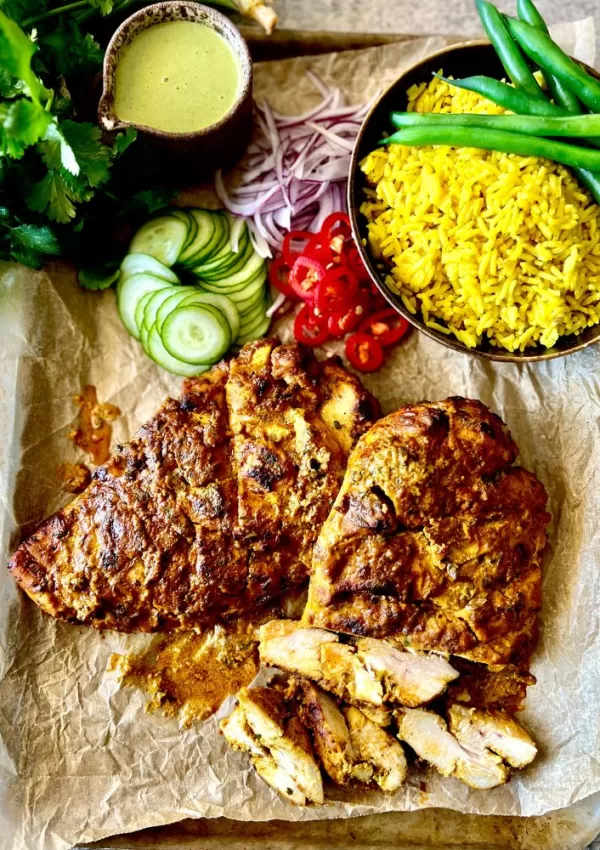

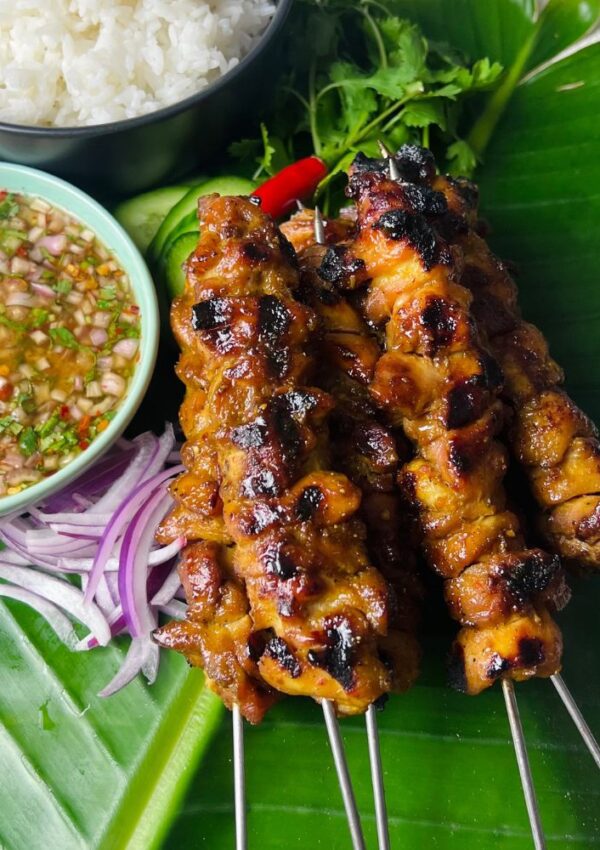
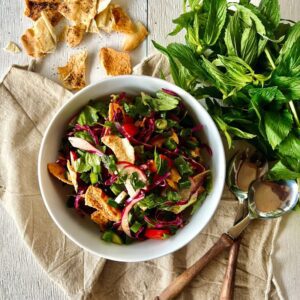

Leave a Reply